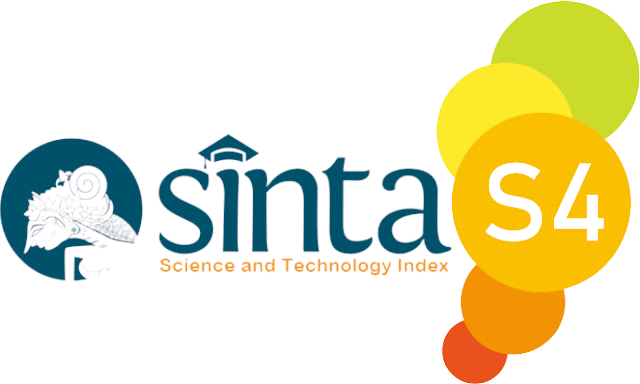COMMUNITY COMMUNICATION BEHAVIOR IN ADAPTING TO THE COVID-19 PANDEMIC
Abstract
This research aims to describe people's communication behavior during the pandemic, both before the new normal and during the new normal, from the perspective of the theory of expectation violations. The research used a qualitative approach that is descriptive with the data collection process using secondary data from digital data searches and other documentation. The data validity test is carried out by diligently conducting secondary data searches; While the transferability test is carried out by presenting data in detail, systematically, and comprehensively; The third is the dependability test by conducting discussions with colleagues who are expected to be able to audit the research process carried out and provide input. Research shows that during the pandemic, there was a change in nonverbal communication behavior in the community, especially space and distance communication, touch communication, and regional communication. Changes in communication behavior are a consequence of the existence of various government regulations (policies) during the pandemic and from the perspective of the theory of expectations violations, changes in communication behavior show public compliance expected by the government. Conversely, violations that occur are a threat limit and become a negative valence because they cause social sanctions and even legal sanctions.
Downloads
References
Copyright (c) 2022 Yayu Sriwartini

This work is licensed under a Creative Commons Attribution 4.0 International License.






